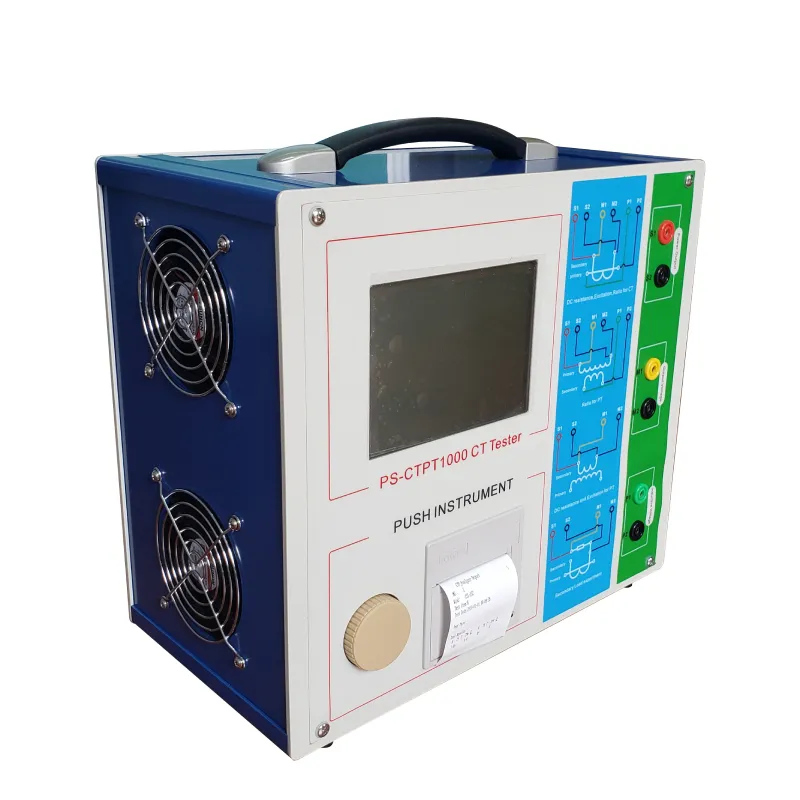 English
English



-
 Afrikaans
Afrikaans -
 Albanian
Albanian -
 Amharic
Amharic -
 Arabic
Arabic -
 Armenian
Armenian -
 Azerbaijani
Azerbaijani -
 Basque
Basque -
 Belarusian
Belarusian -
 Bengali
Bengali -
 Bosnian
Bosnian -
 Bulgarian
Bulgarian -
 Catalan
Catalan -
 Cebuano
Cebuano -
 China
China -
 China (Taiwan)
China (Taiwan) -
 Corsican
Corsican -
 Croatian
Croatian -
 Czech
Czech -
 Danish
Danish -
 Dutch
Dutch -
 English
English -
 Esperanto
Esperanto -
 Estonian
Estonian -
 Finnish
Finnish -
 French
French -
 Frisian
Frisian -
 Galician
Galician -
 Georgian
Georgian -
 German
German -
 Greek
Greek -
 Gujarati
Gujarati -
 Haitian Creole
Haitian Creole -
 hausa
hausa -
 hawaiian
hawaiian -
 Hebrew
Hebrew -
 Hindi
Hindi -
 Miao
Miao -
 Hungarian
Hungarian -
 Icelandic
Icelandic -
 igbo
igbo -
 Indonesian
Indonesian -
 irish
irish -
 Italian
Italian -
 Japanese
Japanese -
 Javanese
Javanese -
 Kannada
Kannada -
 kazakh
kazakh -
 Khmer
Khmer -
 Rwandese
Rwandese -
 Korean
Korean -
 Kurdish
Kurdish -
 Kyrgyz
Kyrgyz -
 Lao
Lao -
 Latin
Latin -
 Latvian
Latvian -
 Lithuanian
Lithuanian -
 Luxembourgish
Luxembourgish -
 Macedonian
Macedonian -
 Malgashi
Malgashi -
 Malay
Malay -
 Malayalam
Malayalam -
 Maltese
Maltese -
 Maori
Maori -
 Marathi
Marathi -
 Mongolian
Mongolian -
 Myanmar
Myanmar -
 Nepali
Nepali -
 Norwegian
Norwegian -
 Norwegian
Norwegian -
 Occitan
Occitan -
 Pashto
Pashto -
 Persian
Persian -
 Polish
Polish -
 Portuguese
Portuguese -
 Punjabi
Punjabi -
 Romanian
Romanian -
 Russian
Russian -
 Samoan
Samoan -
 Scottish Gaelic
Scottish Gaelic -
 Serbian
Serbian -
 Sesotho
Sesotho -
 Shona
Shona -
 Sindhi
Sindhi -
 Sinhala
Sinhala -
 Slovak
Slovak -
 Slovenian
Slovenian -
 Somali
Somali -
 Spanish
Spanish -
 Sundanese
Sundanese -
 Swahili
Swahili -
 Swedish
Swedish -
 Tagalog
Tagalog -
 Tajik
Tajik -
 Tamil
Tamil -
 Tatar
Tatar -
 Telugu
Telugu -
 Thai
Thai -
 Turkish
Turkish -
 Turkmen
Turkmen -
 Ukrainian
Ukrainian -
 Urdu
Urdu -
 Uighur
Uighur -
 Uzbek
Uzbek -
 Vietnamese
Vietnamese -
 Welsh
Welsh -
 Bantu
Bantu -
 Yiddish
Yiddish -
 Yoruba
Yoruba -
 Zulu
Zulu
Turn Ratio Measurement Tool for Inductors and Transformers Analysis
Understanding Turns Ratio Testers A Key Tool for Electrical Engineering
In the realm of electrical engineering, the functionality and integrity of transformers are paramount to the efficient operation of electrical systems. One critical aspect of assessing a transformer's performance is understanding its turns ratio, which is defined as the ratio of the number of turns in the primary winding to the number of turns in the secondary winding. To ensure that transformers operate effectively, engineers utilize a specialized instrument known as a turns ratio tester.
What is a Turns Ratio Tester?
A turns ratio tester is a precise diagnostic tool used to measure the turns ratio of a transformer. This tool plays a crucial role in both the commissioning and maintenance phases of transformers. By providing accurate measurements, it helps engineers verify that transformers are functioning within their specified parameters. Any deviation from the expected turns ratio can indicate potential issues like winding short circuits, open circuits, or the presence of faulty components.
How Does a Turns Ratio Tester Work?
The operation of a turns ratio tester is relatively straightforward. The device applies a specific voltage to the primary winding of the transformer under test. It then measures the resulting voltage in the secondary winding. By calculating the ratio of these two voltages, engineers can determine the turns ratio of the transformer. For example, if a tester applies 120 volts to the primary and measures 12 volts at the secondary, the turns ratio would be 101.
Modern turns ratio testers are designed to provide quick and accurate results
. Many models can automatically calculate the turns ratio and display the results on a digital screen. This ease of use not only enhances efficiency but also reduces the potential for human error in manual calculations.turns ratio tester

Importance of Testing Turns Ratio
Regular testing of a transformer’s turns ratio is essential for several reasons
1. Quality Assurance Testing ensures that transformers are built to specification and function correctly upon installation. 2. Preventive Maintenance Routine checks can spot potential issues before they escalate into significant failures, saving time and resources in repairs. 3. Safety Transformers operate at high voltages and currents. Ensuring proper turns ratios helps prevent electrical faults that might otherwise lead to system failures or hazardous conditions. 4. Performance Optimization By regularly monitoring the turns ratio, engineers can ensure that transformers operate efficiently, ultimately contributing to improved power quality within the electrical system.
Practical Applications
Turns ratio testers are essential tools across various industries, including power generation, manufacturing, and even telecommunications. They are particularly vital in utility companies where large transformers are used in substations to step down voltage levels for distribution. Using a turns ratio tester, technicians can confirm that transformers are meeting performance standards and acting as intended within the power grid.
Conclusion
In conclusion, turns ratio testers serve as an indispensable tool for electrical engineers tasked with ensuring the reliability and safety of transformers. By measuring and verifying the turns ratio, these testers contribute significantly to the overall health of electrical systems. As technology advances, the precision and efficiency of turns ratio testers continue to improve, further solidifying their role in modern electrical engineering practices. For anyone involved in the maintenance or operation of transformers, a turns ratio tester is not merely a tool; it is a gateway to ensuring operational excellence and safety in electrical infrastructure.
-
Using Distillation Range Testers in the Food and Beverage IndustryNewsApr.16,2025
-
The Impact of IoT on Distillation Range Tester PerformanceNewsApr.16,2025
-
The Best Distillation Range Testers for Extreme ConditionsNewsApr.16,2025
-
How Distillation Range Testers Save Time and MoneyNewsApr.16,2025
-
Distillation Devices for Advanced Separation TechniquesNewsApr.16,2025
-
Common Mistakes to Avoid When Using a Distillation Range TesterNewsApr.16,2025



